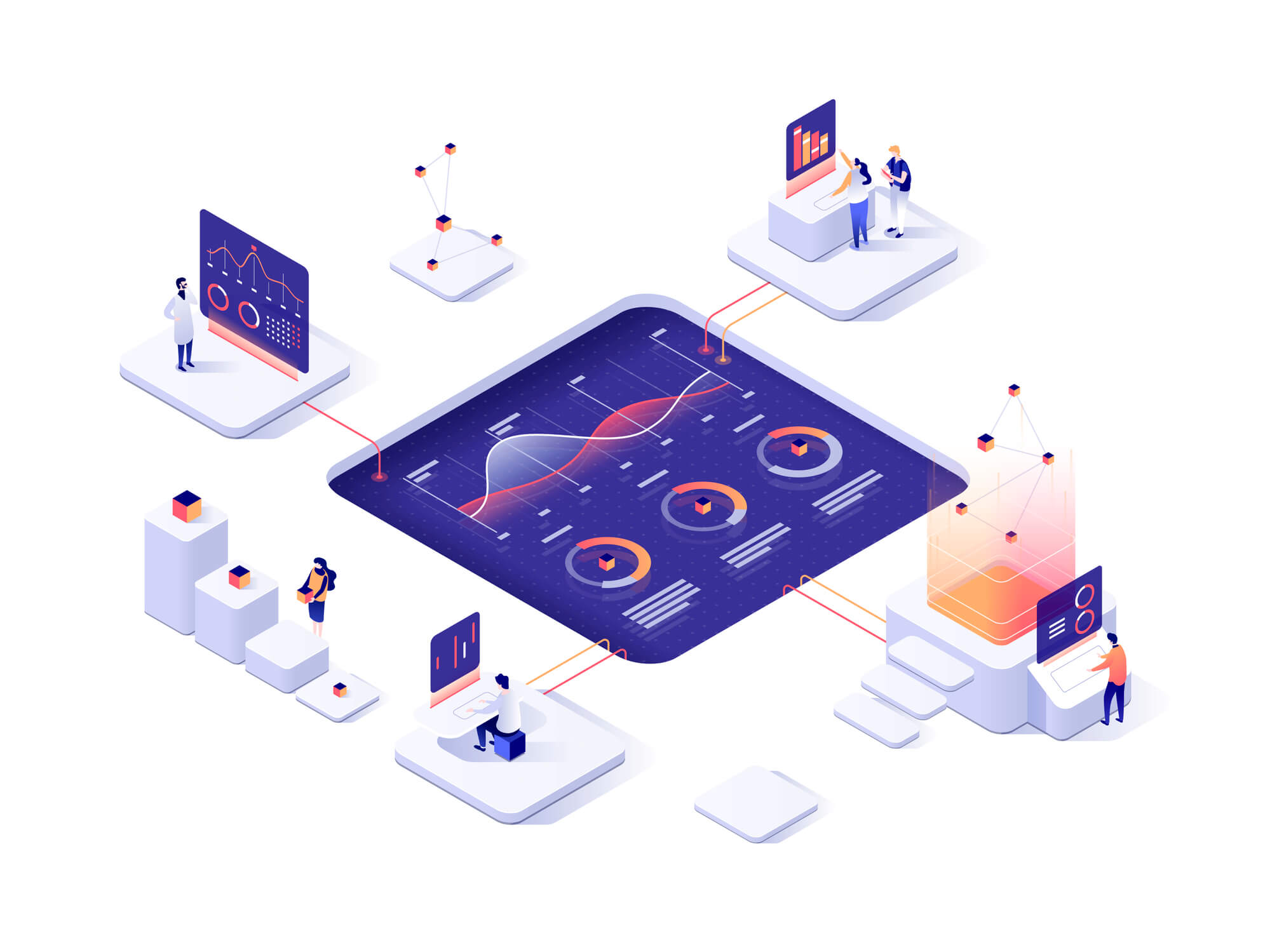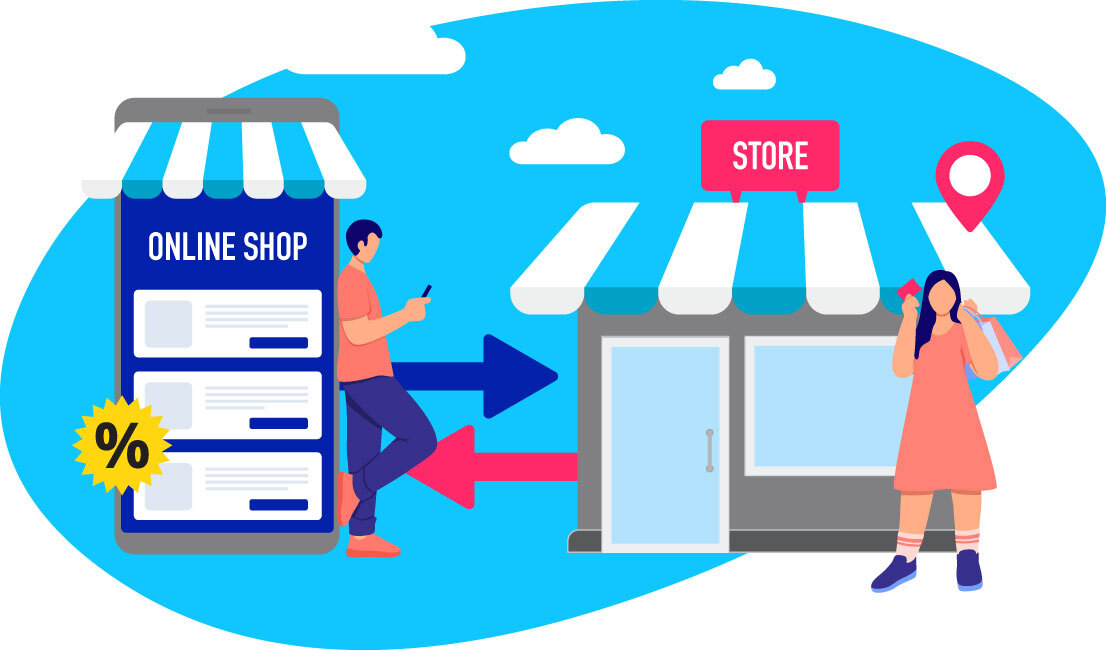3 min read
However, how many of you are making the most of these tools at your disposal?
The reality is that many marketers are missing out. According to recent global research from Avanade and Sitecore, martech stacks are failing customer engagement on a grand scale with 60 percent of the organizations losing revenue due to digital martech not working properly, or a lack of collaboration between IT and marketing.
So how can you fully utilize your martech stack and/or expand it to deliver exceptional customer engagement and experiences? We have put together a handy eight-point checklist to make sure your martech stack is optimized to drive customer engagement and increase your ROI.
1. Easy to Integrate Into the Current System
Most martech stacks are added to over many years on a piecemeal basis, which leaves each technology as an independent silo rather than part of a cohesive whole. Every time you add to your stack, you should ensure new elements can be integrated seamlessly, and take whatever measures necessary to ensure they are.
2. Increases Data Utilization
A modern martech stack should not only generate original data, it should also unify all your data to provide a more holistic view of your customers’ behavior, as well as streamline your existing data to make it more usable.
3. Puts You in the Driving Seat
A martech stack powered by artificial intelligence (AI) can reduce your dependency on internal teams by using audience segmentation for more precise targeting. It allows you to slice and dice your data and segment your customers based on different attributes, letting you tailor your messages to each segment accordingly.
4. Gives You Control of the Customer Journey
With the right martech stack driven by AI, you can reach customers at different touch points across devices. If Liz visits your website on her laptop, for example, and then again on her smartphone, AI can identify her as the same customer and not two separate ones.
It can also help you reach out to Liz on her smartphone (for example via a push notification) if it knows she used a different device to visit your site. It is a fully joined-up approach that lets you guide her through every stage of the customer journey.
5. Creates Messages With More Resonance
By analyzing customer behavior outside of your own app and website, AI-powered martech gives you a much fuller picture of your customers and their interests. You can then use this information to better target your customers, hitting every one of their pain points and creating messages that resonate better.
6. Takes a Multi-Channel Approach
Email is only one weapon in your marketing arsenal. A comprehensive martech stack will also encompass different channels like push notifications, SMS, messaging apps, social media and more. There are many ways to strike up a dialogue with your customers – use them all to maximize ROI.
7. Always Stays Up to Date
Technology is moving at breakneck speed. If you don’t keep your martech stack up to date, you won’t innovate in how you talk to your customers, and your messages will lack impact.
8. A One-Stop Shop for All Your Marketing Needs
An effective martech stack can do it all – analyze data, predict future customer behavior using AI models, execute on owned or paid media, export to your CRM and more. If yours can’t, you are not firing on all cylinders.
Choosing the right martech stack is not an easy decision for a marketer, as it limits or enables your whole marketing strategy. By hitting all these capabilities, you can be assured yours is helping rather than hindering your efforts.



